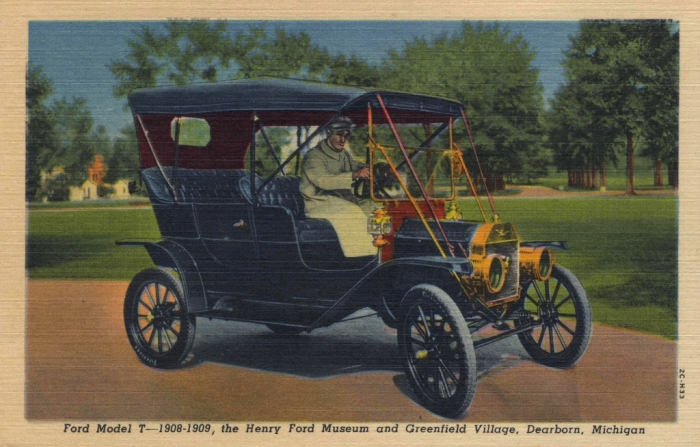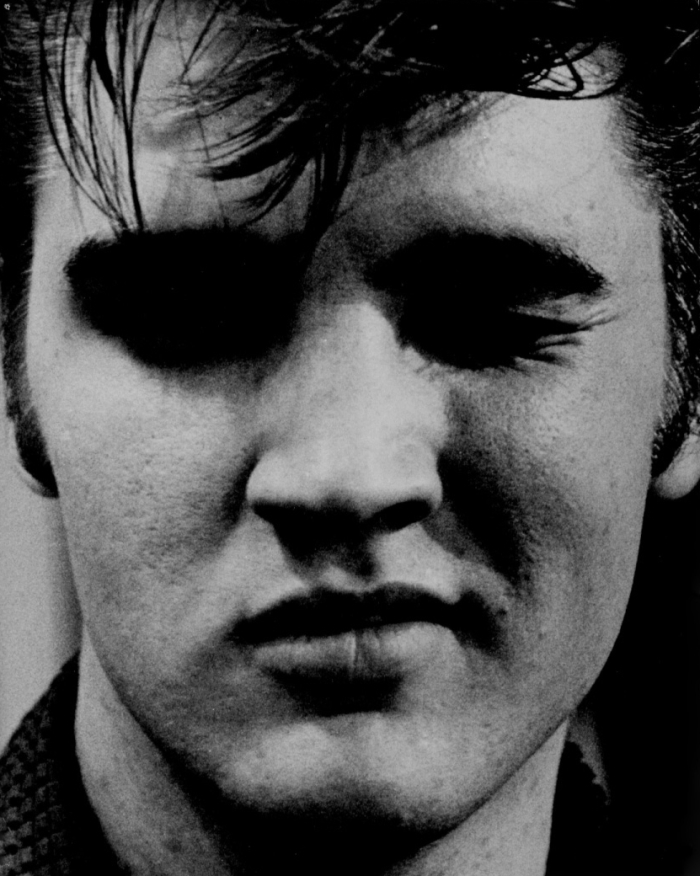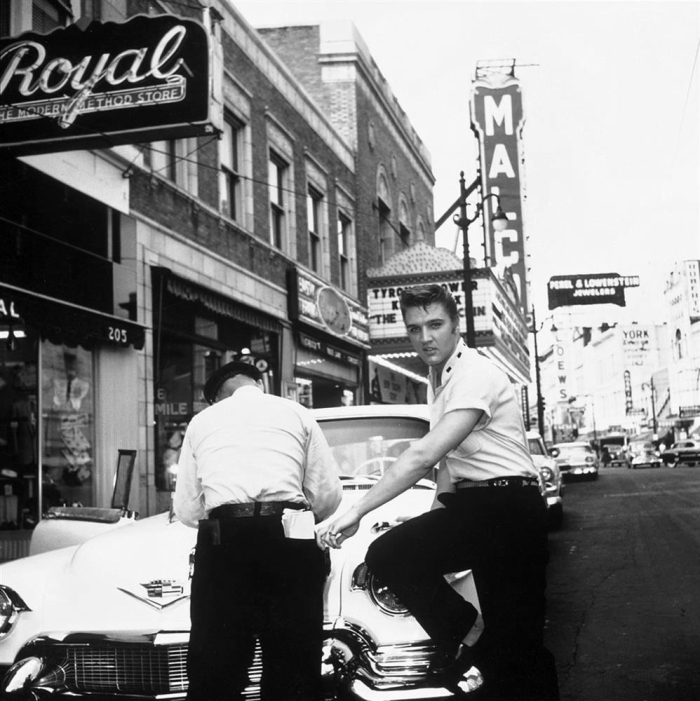*
From the archives of Esquire magazine, featured in their 70th anniversary issue–
*

In the winter of 1965, writer Gay Talese arrived in Los Angeles with an assignment from Esquire to profile Frank Sinatra. The legendary singer was approaching fifty, under the weather, out of sorts, and unwilling to be interviewed. So Talese remained in L.A., hoping Sinatra might recover and reconsider, and he began talking to many of the people around Sinatra — his friends, his associates, his family, his countless hangers-on — and observing the man himself wherever he could. The result, “Frank Sinatra Has a Cold,” ran in April 1966 and became one of the most celebrated magazine stories ever published, a pioneering example of what came to be called New Journalism — a work of rigorously faithful fact enlivened with the kind of vivid storytelling that had previously been reserved for fiction. The piece conjures a deeply rich portrait of one of the era’s most guarded figures and tells a larger story about entertainment, celebrity, and America itself. Here are a few choice excerpts from the original Esquire story– a link to the epic piece in its entirety, after the jump.
*
*

Early 1960s, LA — Dean Martin, Sammy Davis, Jr., Frank Sinatra. — Image by © Michael Ochs Archives/Corbis.
*
“I‘m for anything that gets you through the night, be it prayer, tranquilizers or a bottle of Jack Daniel.”
–Frank Sinatra
*
Frank Sinatra, holding a glass of bourbon in one hand and a cigarette in the other, stood in a dark corner of the bar between two attractive but fading blondes who sat waiting for him to say something. But he said nothing; he had been silent during much of the evening, except now in this private club in Beverly Hills he seemed even more distant, staring out through the smoke and semidarkness into a large room beyond the bar where dozens of young couples sat huddled around small tables or twisted in the center of the floor to the clamorous clang of folk-rock music blaring from the stereo. The two blondes knew, as did Sinatra’s four male friends who stood nearby, that it was a bad idea to force conversation upon him when he was in this mood of sullen silence, a mood that had hardly been uncommon during this first week of November, a month before his fiftieth birthday.
*
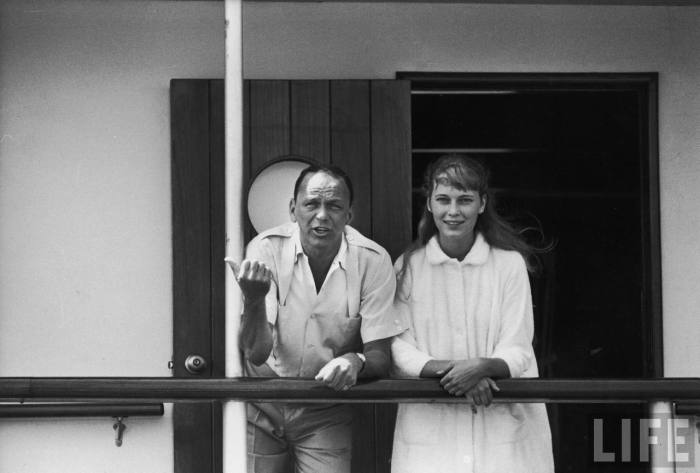
Hyannis Port, MA, Circa 1965– Singer Frank Sinatra with then actress girlfriend Mia Farrow on deck of the yacht, Southern Breeze. His look implies “Hit the road, Mac.” –photo by Bill Eppridge for LIFE.
*
Sinatra had been working in a film that he now disliked, could not wait to finish; he was tired of all the publicity attached to his dating the twenty-year-old Mia Farrow, who was not in sight tonight; he was angry that a CBS television documentary of his life, to be shown in two weeks, was reportedly prying into his privacy, even speculating on his possible friendship with Mafia leaders; he was worried about his starring role in an hour-long NBC show entitled Sinatra — A Man and His Music, which would require that he sing eighteen songs with a voice that at this particular moment, just a few nights before the taping was to begin, was weak and sore and uncertain. Sinatra was ill. He was the victim of an ailment so common that most people would consider it trivial. But when it gets to Sinatra it can plunge him into a state of anguish, deep depression, panic, even rage. Frank Sinatra had a cold.
*
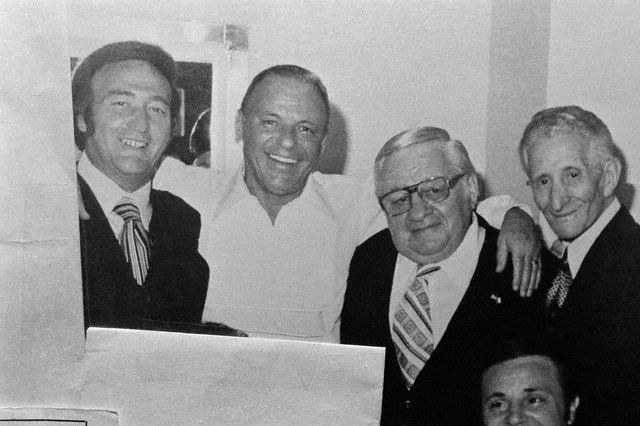
Dec 26th, 1976, Terrytown, NK — Frank Sinatra is shown in his dressing room at Westchester Premier Theater in Sept. 1976 with (L-R, standing): Gregory DePalma, a defendant in the case; Sinatra; defendant Thomas Marson who was severed from the trial because of poor health; the late Carlo Gambino; and Jimmy (the Weasel) Fratiano. Kneeling in front is defendant Richard Fusco. Others in the picture were hidden under to bolster the testimony of its key witness. — Image by © Bettmann/CORBIS
*
Continue reading →

